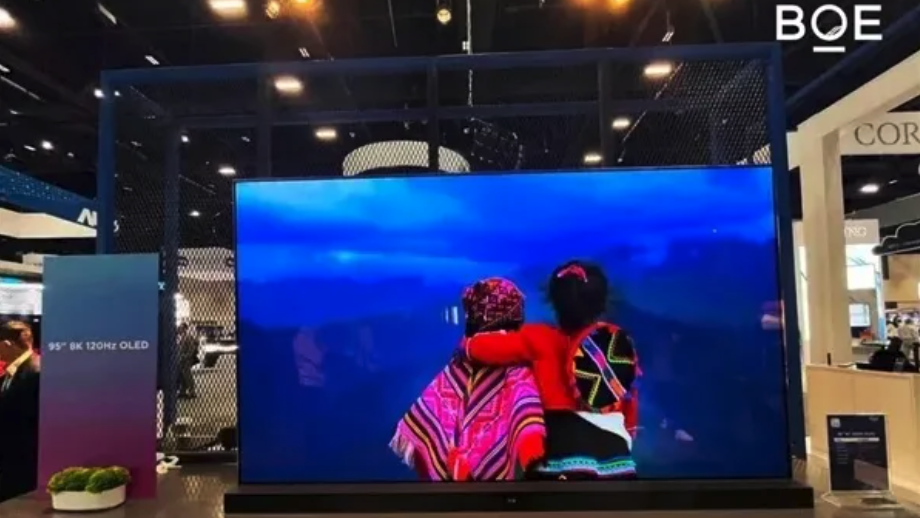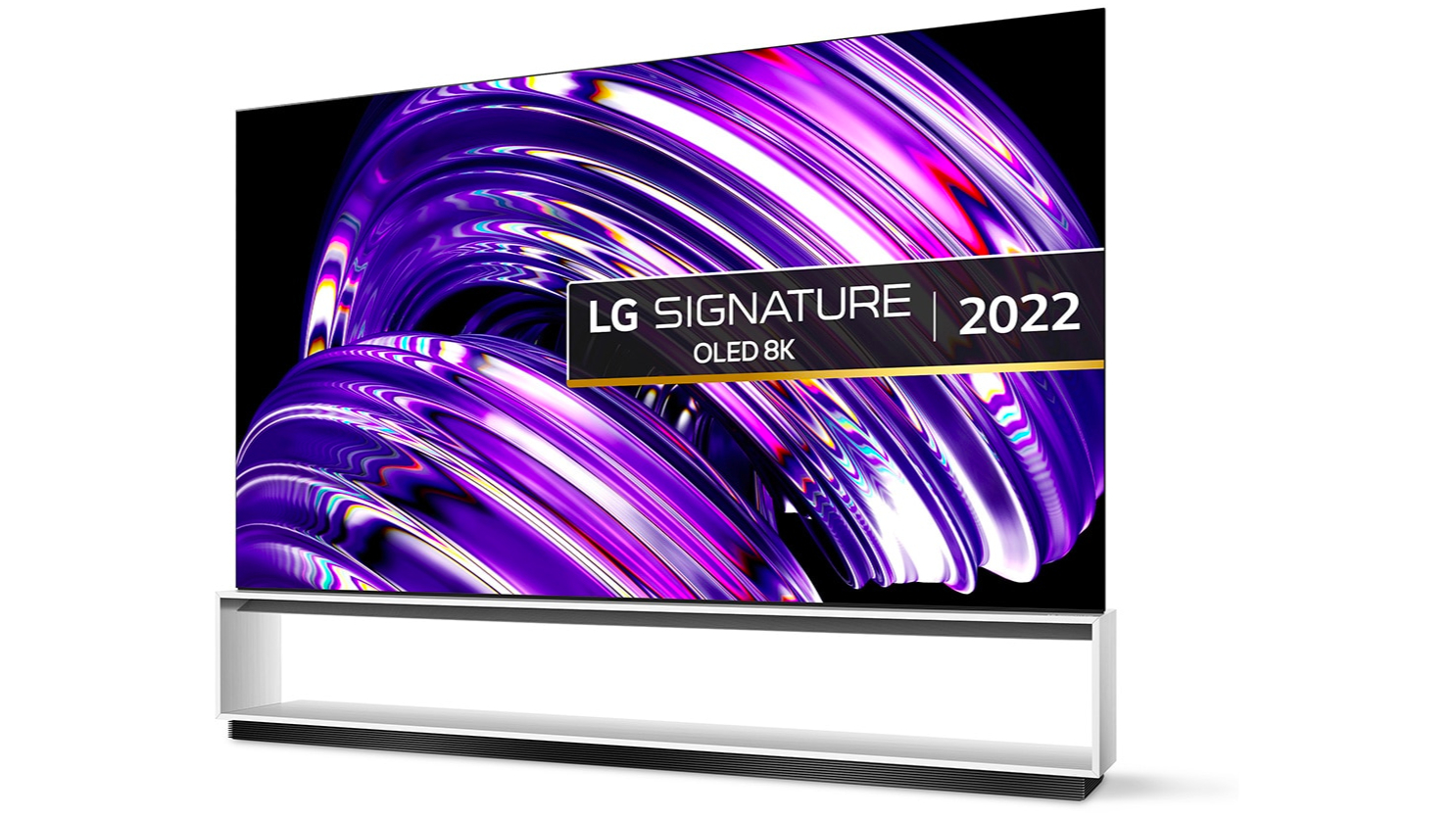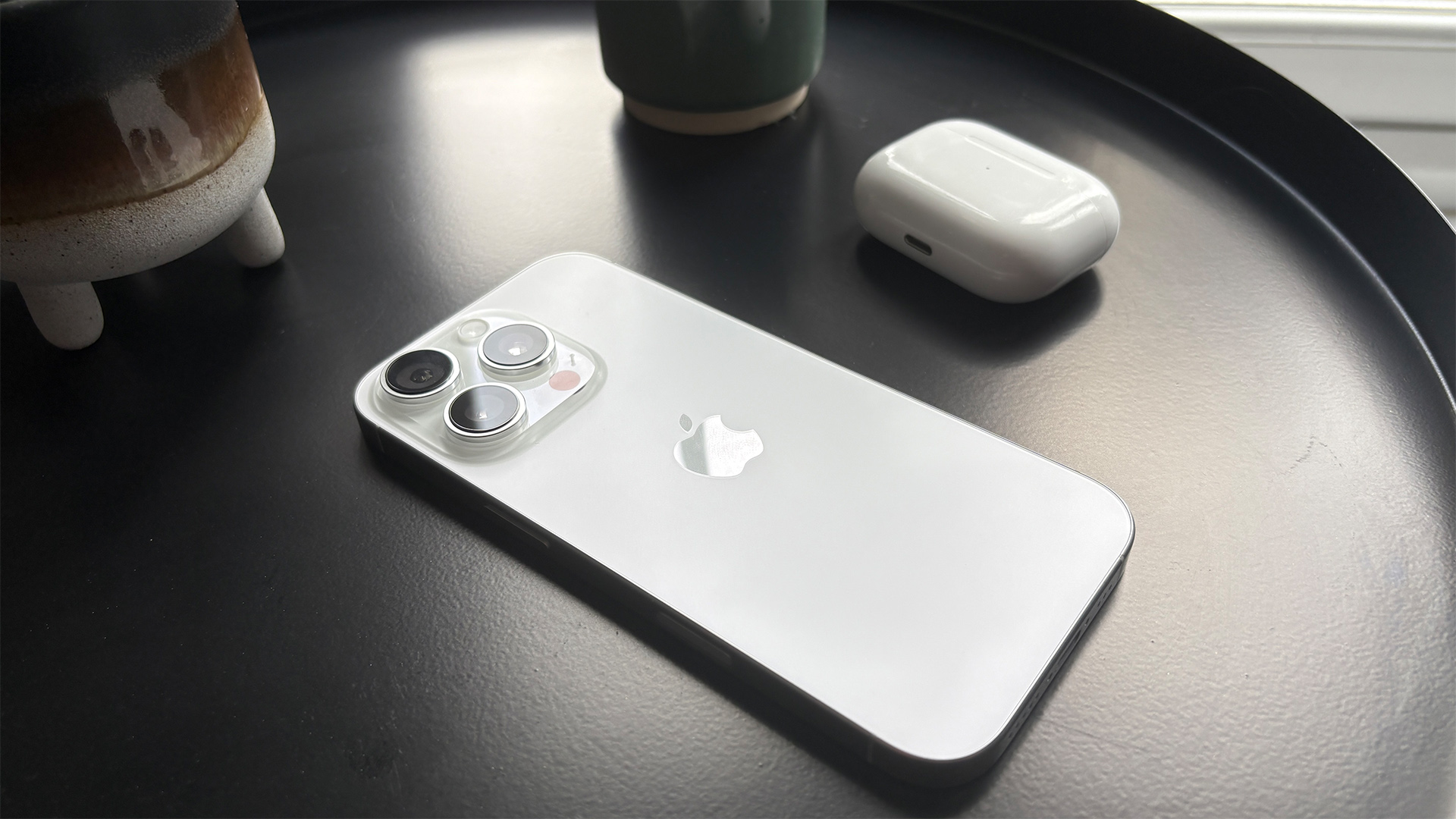There’s a new OLED panel manufacturer to rival LG – are cheap OLED TVs on the way?
Don’t hold your breath for a tsunami of cheap OLED TVs

While LG Display isn’t the only manufacturer out there making OLED panels, it’s pretty much the only one that counts when it comes to the size and quality of OLED panels required for today’s TV sets. Reports have recently emerged from multiple sources, though, suggesting that another display manufacturer, BoE, is preparing to start making OLED panels big enough for TV use too.
New OLEDs on the block
China-based BoE has been making vast quantities of small OLED displays since 2017, predominantly for the mobile phone market. It surprised visitors to May’s Display Week Show in San Jose, though, by showing off an OLED display that was about as far from mobile phone-sized as it’s possible to get: a 95-inch screen with a native 8K resolution.
I should say right away that this screen was positioned at Display Week 2022 as a prototype. BoE was not saying that the screen was something TV brands could get their hands on right away. Still, the screen’s presence at Display Week 2022 surely has to be seen as some sign of intent. Not to mention proof that its various OLED manufacturing lines actually have the capacity to put something so big and high-end together.
The well connected people at market research company Display Supply Chain Consultants confirmed on the back of the Display Week showing that BoE really does seem intent on making such large panels on a commercial basis. Assuming that their information is correct (it usually is), it doesn’t require much of a mental leap to think that such a move would spell good news for OLED-loving consumers. After all, more panel suppliers means more competition, which usually in turn means cheaper prices and more innovation.
Before we, and our wallets, start getting too excited at the thought of a new generation of cut-price OLED TVs, though, it’s worth looking a bit more closely at BoE’s situation.
For starters, don’t forget that BoE’s 95-inch OLED prototype really was a very high-end affair. Its combination of a huge screen and native 8K rather than 4K resolution was joined by a native 120Hz refresh rate, coverage of around 99% of the DCI-P3 colour range, and pretty high peak brightness of 800 nits – the sort of specifications that consumers can currently expect to spend tens of thousands of pounds to secure. LG’s latest ‘mere’ 88-inch native 8K OLED model, for instance, the OLED88Z2, costs a cool £25,000 / $25,000 / AU$60,000 at the time of writing. Even if BoE manages to deliver a king-sized OLED panel cheaply enough to enable TV brands to sell huge OLED TVs for much less than that, it’s safe to say they will still hardly be mainstream propositions.
What does this mean for affordable OLEDs?

But maybe BoE was just showing off what it can do with its 95-inch prototype. Maybe it could also use the production line that put together this 8K behemoth to make affordable 65- and 55-inch 4K models, too?
Get the What Hi-Fi? Newsletter
The latest hi-fi, home cinema and tech news, reviews, buying advice and deals, direct to your inbox.
As OLED-info reports, though, the ‘B5 R&D Line’ in China that BoE is apparently eyeing up for production of its TV-sized panels currently has a very low capacity by today’s panel production standards. It’s certainly not capable of producing anything like the quantities of big-screen OLED panels that a number of LG Display lines can. In fact, its apparent production capacity for large OLEDs appears to be so limited that analysts suspect that BoE likely isn’t even contemplating trying to use it to produce screens for the ‘mass market’, focusing instead purely on the high-end niche.
While such a move by BoE might prick up the ears of anyone reading this article from their super yacht, unfortunately it would be unlikely to move the dial much when it comes to the sort of OLED TVs the vast majority of AV fans buy.
Actually, if some of the ‘chatter’ surrounding the Display Week show is to be believed, BoE might even struggle to move the premium OLED TV dial, at least in the short term, since while the 95-inch RGBW panel BoE showed apparently impressed in some ways, its overall quality supposedly didn’t feel as if it was yet sufficient for a full real-world roll out. Though I should add that I haven’t found anyone sharing specific examples of the sort of issues the BoE panel allegedly suffered with.
It does appear, on the upside, as if the yield rates of usable panels at BoE’s B5 production line are pretty high, at least. The simple reality, though, is that once you delve even a little behind the eye-catching ‘major new manufacturer eyes big-screen OLED production’ headlines, the prospect of a pitched new battle between two makers of TV-sized OLED panels and the hammering of OLED TV prices that might follow doesn’t look set to become a reality any time soon.
MORE:
The OLED TV to beat: check out our Sony A95K QD-OLED review
Here's the full LG OLED TV line-up for 2022
John Archer has written about TVs, projectors and other AV gear for, terrifyingly, nearly 30 years. Having started out with a brief but fun stint at Amiga Action magazine and then another brief, rather less fun stint working for Hansard in the Houses Of Parliament, he finally got into writing about AV kit properly at What Video and Home Cinema Choice magazines, eventually becoming Deputy Editor at the latter, before going freelance. As a freelancer John has covered AV technology for just about every tech magazine and website going, including Forbes, T3, TechRadar and Trusted Reviews. When not testing AV gear, John can usually be found gaming far more than is healthy for a middle-aged man, or at the gym trying and failing to make up for the amount of time he spends staring at screens.
-
Freddy Reply
Do they? :unsure:TheVogon said:Except that Samsung already make better OLED TVs than LG. -
Smoothwater ReplyTheVogon said:Except that Samsung already make better OLED TVs than LG.
Samsung just made recently, it's first OLED TV ever, It's nowhere near better than LG, and can't even compete in price. You can only be referring to QLED TV's, which is close but still cannot rival OLED overall. Look Eastman Kodak (the Kodak camera company) still owns the rights to the photographic side of OLED. LG purchased OLED Television rights from Eastman Kodak back in 2009, so LG has the most experience in the field, it also manufactures the screens for all the companies.
Samsung is a very petty company, rather than pay LG for usage rights, it decided to make its own version to compete, It just can't beat OLED so just join it instead. The reason I said they were petty, when Apple won its case against Samsung, they were ordered to pay Apple 5 million dollars, well they sent Apple 5 million in pennies! Such a petty company! -
Smoothwater Samsung tried to make OLED panels recently, but were not to their liking, so they inked a deal with LG for $2.5 billion, purchasing about 2 million OLED panels and 5 million LCD panels for this year & possibly for more than 3 years according to a spokesperson, Yi Choong-hoon, head of display-focused market tracker UB Industry Research.Reply -
nopiano Reply
So they assemble a TV with a Samsung badge containing an LG screen? Yes?Smoothwater said:Samsung tried to make OLED panels recently, but were not to their liking, so they inked a deal with LG for $2.5 billion, purchasing about 2 million OLED panels and 5 million LCD panels for this year & possibly for more than 3 years according to a spokesperson, Yi Choong-hoon, head of display-focused market tracker UB Industry Research. -
Smoothwater Replynopiano said:So they assemble a TV with a Samsung badge containing an LG screen? Yes?nopiano said:So they assemble a TV with a Samsung badge containing an LG screen? Yes?
All TV companies do it, because LG owns the copyrights to OLED Television only, and that part was bought for $100 million. Not the Photographic side of OLED, Eastman Kodak did not sell that part.
